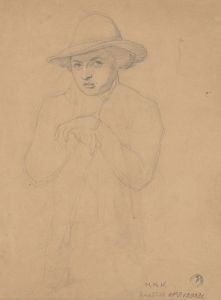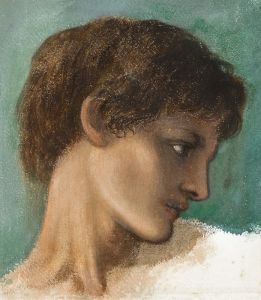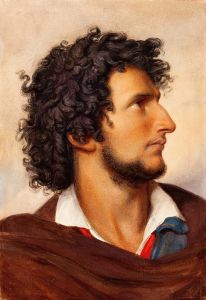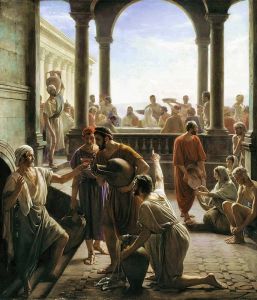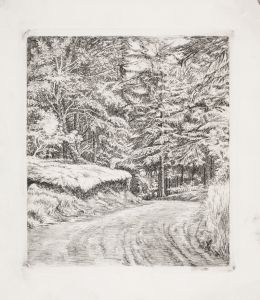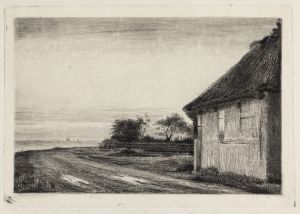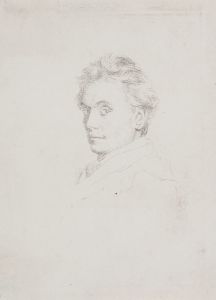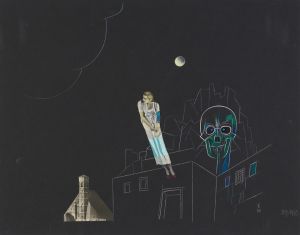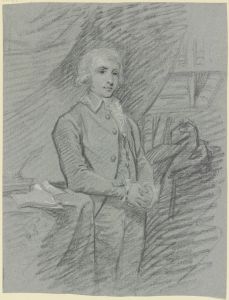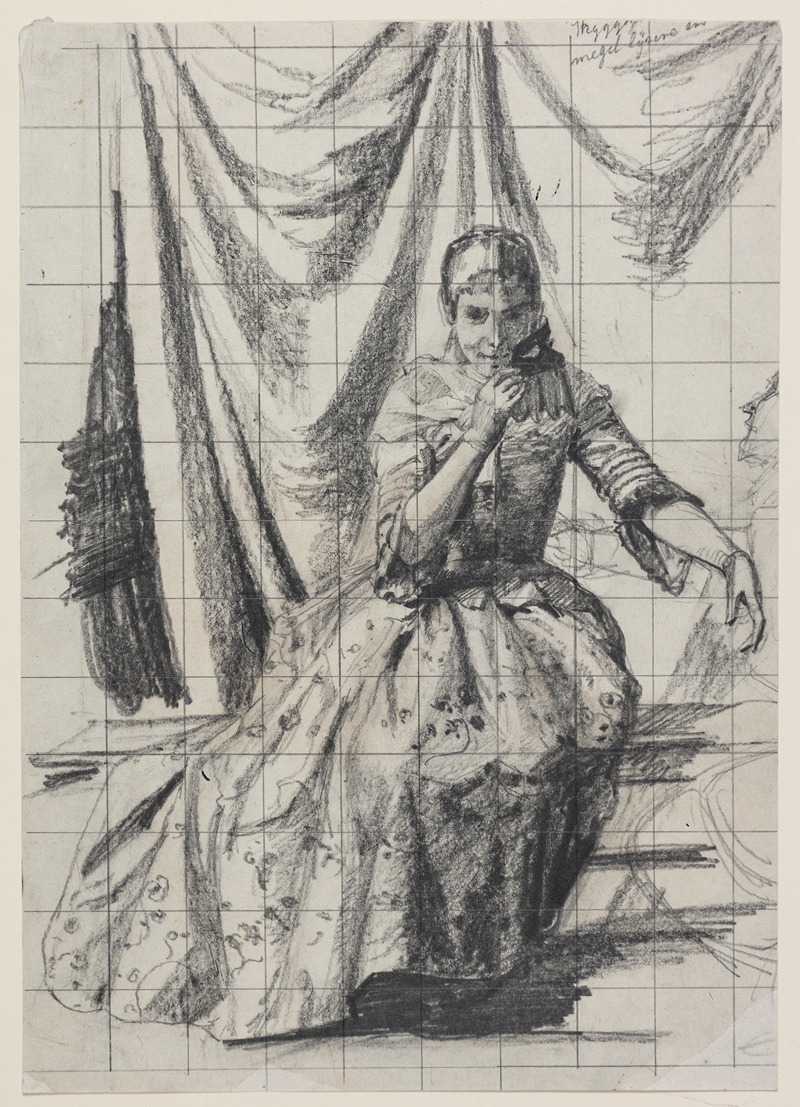
Udkast til raderingen Den unge mand og Døden
A hand-painted replica of Carl Bloch’s masterpiece Udkast til raderingen Den unge mand og Døden, meticulously crafted by professional artists to capture the true essence of the original. Each piece is created with museum-quality canvas and rare mineral pigments, carefully painted by experienced artists with delicate brushstrokes and rich, layered colors to perfectly recreate the texture of the original artwork. Unlike machine-printed reproductions, this hand-painted version brings the painting to life, infused with the artist’s emotions and skill in every stroke. Whether for personal collection or home decoration, it instantly elevates the artistic atmosphere of any space.
Carl Bloch's etching Den unge mand og Døden (translated as The Young Man and Death) is a notable work by the Danish artist, who is widely recognized for his contributions to 19th-century art. Bloch, born on May 23, 1834, in Copenhagen, Denmark, was a prominent figure in the Danish Golden Age of painting and etching. His works often explored themes of religion, morality, and human emotion, and he is particularly celebrated for his ability to convey narrative depth and psychological complexity.
Den unge mand og Døden is an etching that depicts a young man confronted by the personification of Death. The artwork reflects Bloch's interest in existential themes and his ability to capture the tension between life and mortality. The composition is characterized by its dramatic use of light and shadow, a hallmark of Bloch's style, which he employed to heighten the emotional impact of his works. The etching medium allowed Bloch to achieve fine detail and a sense of intimacy, drawing the viewer into the poignant moment portrayed.
The exact date of the creation of Den unge mand og Døden is not definitively documented, but it is consistent with Bloch's broader body of work, which often explored allegorical and symbolic subjects. The piece is emblematic of 19th-century Romanticism, a movement that frequently addressed themes of death, the afterlife, and the human condition.
Carl Bloch studied at the Royal Danish Academy of Fine Arts and later traveled extensively in Europe, particularly in Italy, where he was influenced by the works of the Old Masters. His exposure to Renaissance and Baroque art is evident in his mastery of composition and his ability to evoke profound emotional responses through his work.
While Bloch is perhaps best known for his religious paintings, particularly his series of works depicting scenes from the life of Christ, his etchings, including Den unge mand og Døden, demonstrate his versatility as an artist and his skill in addressing universal themes. The etching remains an example of Bloch's ability to engage with complex ideas through a medium that demands precision and subtlety.
Today, Carl Bloch's works are held in high regard, and his legacy endures as one of Denmark's most important artists. His etchings, including Den unge mand og Døden, continue to be studied and appreciated for their artistic and thematic depth.





